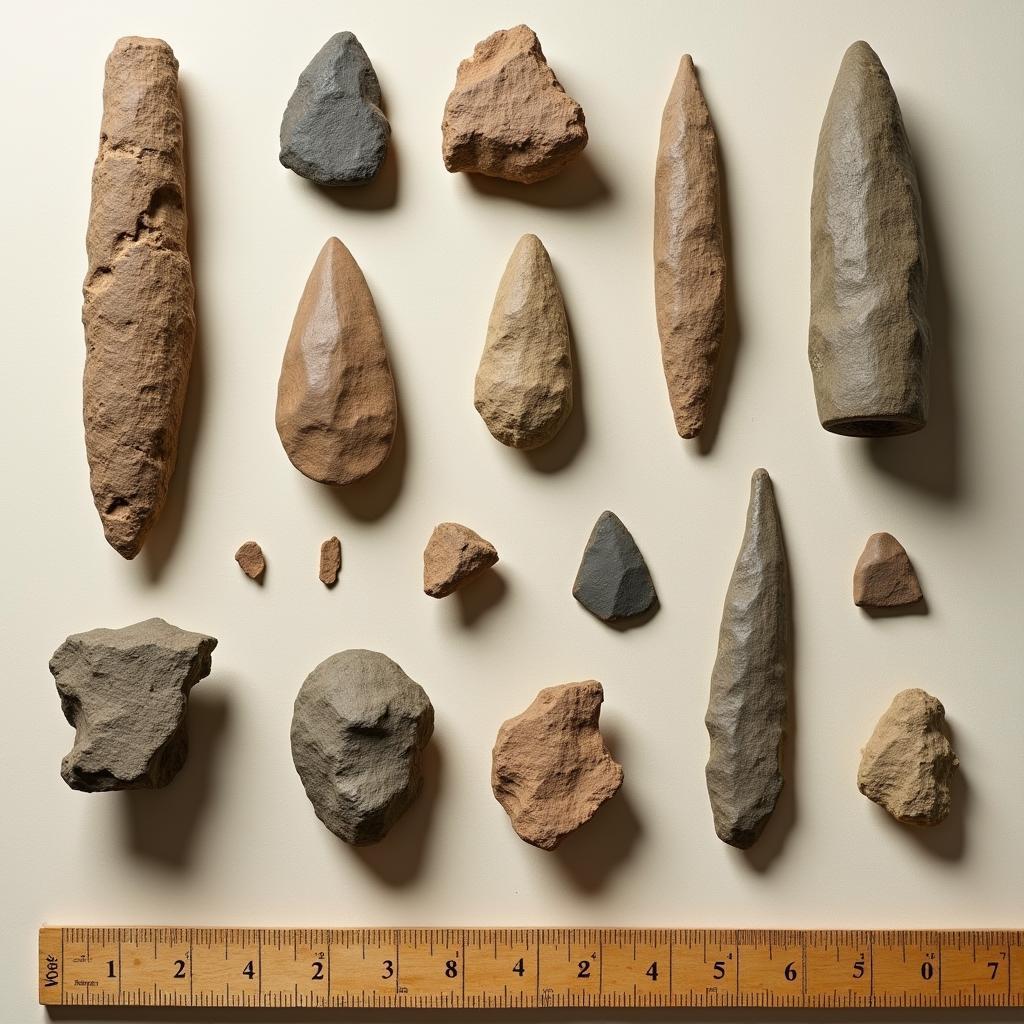Passage 1: Early Human Tools and Innovations
The story of human technological advancement begins with our earliest ancestors. Archaeological evidence suggests that the first stone tools were created approximately 2.6 million years ago in East Africa. These primitive implements, known as Oldowan tools, marked humanity’s first step toward technological innovation. The development of these tools demonstrates how How technology is helping preserve ancient languages can help us understand our distant past.
Nội dung bài viết
 Archaeological discovery of ancient Oldowan stone tools
Archaeological discovery of ancient Oldowan stone tools
The evolution of tool-making techniques progressed significantly during the Paleolithic period. Early humans discovered that different materials could serve various purposes – bone fragments could be fashioned into needles, while flint nodules could be shaped into cutting tools. This understanding of material properties marked a crucial development in human cognitive abilities.
The metallurgical revolution began around 6000 BCE with the discovery of copper smelting. This breakthrough led to the development of bronze, an alloy that proved stronger and more durable than pure copper. Similar to how Digital archives in history education preserves historical knowledge, ancient metallurgical techniques have been preserved through archaeological evidence.
Passage 2: Agricultural and Architectural Innovations
The development of agriculture represents one of humanity’s most significant technological achievements. Around 12,000 years ago, humans began transitioning from hunting and gathering to farming. This shift required the development of specialized tools and irrigation systems. The hydraulic engineering capabilities of ancient civilizations were particularly impressive, with sophisticated water management systems appearing in Mesopotamia and Egypt.
Architectural innovations followed closely behind agricultural developments. The construction of megalithic structures such as Göbekli Tepe and the pyramids of Egypt demonstrated advanced understanding of geometric principles and structural engineering. These achievements parallel how The integration of virtual reality in teaching world history helps modern students comprehend ancient building techniques.
Passage 3: Advanced Ancient Technologies
Perhaps the most sophisticated ancient technologies were those developed for astronomical observation and timekeeping. The Antikythera mechanism, discovered in 1901, represents the pinnacle of ancient Greek technological achievement. This complex astronomical calculator could predict celestial events with remarkable accuracy, much like how The use of digital exhibitions in teaching cultural history brings ancient innovations to life.
 Ancient Greek Antikythera mechanism with visible gears
Ancient Greek Antikythera mechanism with visible gears
The Romans further advanced ancient technology through their remarkable engineering achievements. Their development of hydraulic cement, arch construction, and sophisticated road networks demonstrated unprecedented technological sophistication. These innovations continue to influence modern engineering practices, similar to how How board games are used in teaching world history influences contemporary education methods.


